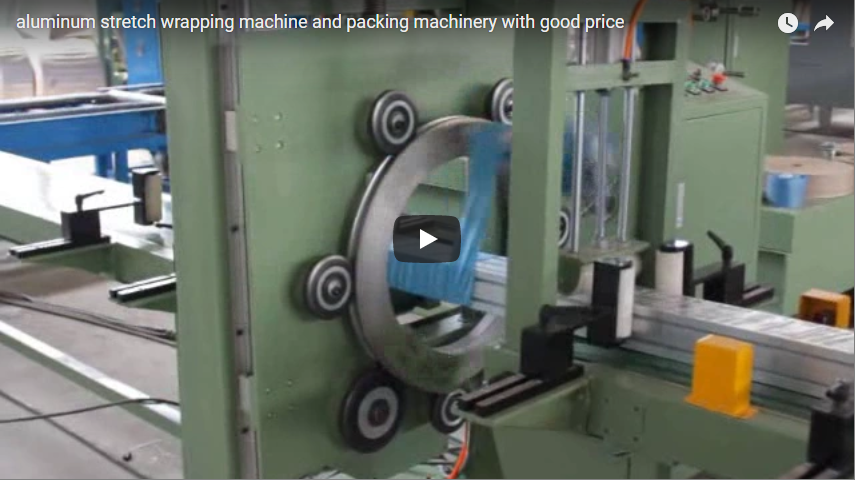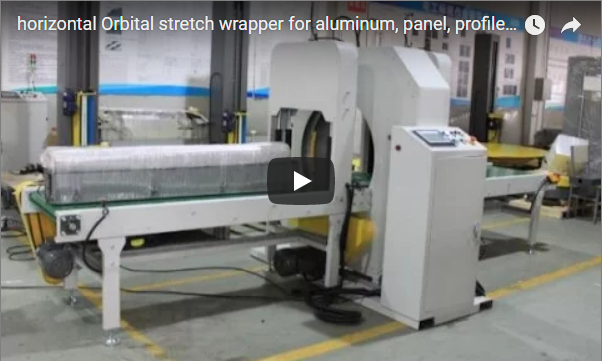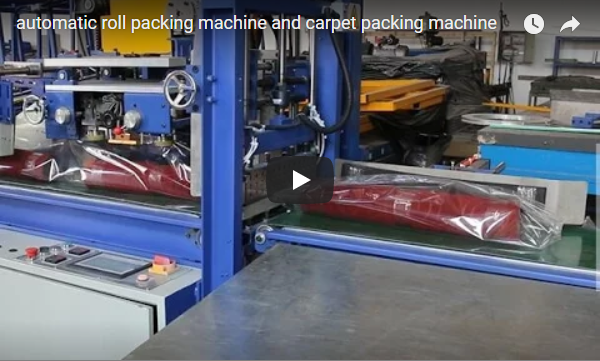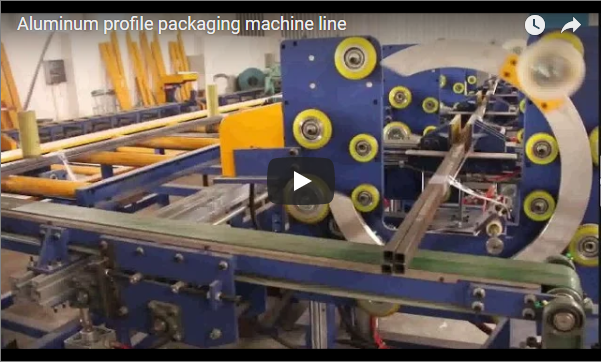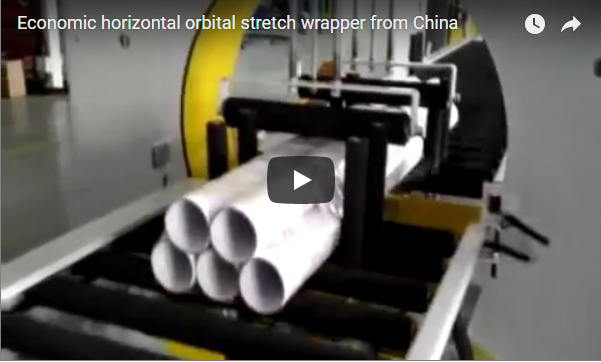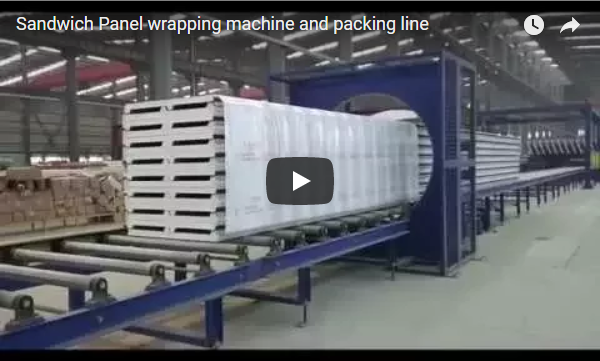Revolutionizing Wood Packaging: A Closer Look at the Horizontal Timber & Panel Orbital Wrapping Machine
In the dynamic world of wood processing and distribution, ensuring the safe, efficient, and cost-effective transit of timber, lumber, and panels is paramount. Traditional packaging methods often fall short, leading to product damage, high labor costs, and logistical inefficiencies. Enter the Horizontal Orbital Wrapping Machine – a specialized solution engineered to address these challenges head-on. This isn't just about wrapping wood; it's about optimizing your entire operational flow.
1. The Persistent Challenge: Protecting Vulnerable Wood Products
Wooden materials, whether rough timber, finished lumber, or large panels, present unique packaging hurdles:
- Susceptibility to Damage: Scratches, moisture absorption, warping, and dust contamination can significantly degrade product value.
- Irregular Shapes & Sizes: Handling long timbers, wide panels, or bundled stacks requires versatile packaging solutions.
- Manual Labor Intensity: Hand-wrapping or basic strapping is often time-consuming, physically demanding, and inconsistent.
- Transport Instability: Poorly secured loads risk shifting during transit, leading to potential safety hazards and product loss.
Addressing these issues requires more than just a basic covering; it demands a robust, consistent, and efficient packaging system.
2. The Solution Unveiled: The Horizontal Orbital Wrapper
The horizontal orbital wrapping machine is purpose-built for elongated or bulky products like timber and panels. Unlike traditional turntable wrappers, the product passes horizontally through a rotating ring carrying the stretch film roll. This orbital motion ensures a tight, secure, and complete wrap along the entire length of the product.
2.1. Core Functionality: How It Works
Imagine a large ring holding a roll of stretch film. Your timber bundle or panel stack is fed horizontally through the center of this ring via conveyors. As the product moves, the ring rotates around it, dispensing the film and creating a tight, overlapping cocoon. The level of overlap and tension can typically be adjusted for optimal protection and film economy.
2.2. Key Technical Parameters (Typical Specifications)
While exact specifications vary by model, here's what you can generally expect:
- Product Size Capacity (Max W x H): e.g., 1200mm x 1200mm (Varies significantly based on machine size)
- Product Length: Often unlimited, determined by conveyor setup.
- Ring Rotation Speed: e.g., 30-70 RPM (Impacts throughput)
- Wrapping Material: LLDPE Stretch Film (Various widths and thicknesses)
- Control System: PLC (Programmable Logic Controller) with HMI (Human-Machine Interface) for easy operation and parameter adjustment.
- Conveyor System: Powered or non-powered infeed and outfeed conveyors, often customized to application needs.
- Film Delivery System: Pre-stretch carriages (often 200-300%) to maximize film yield and secure wrapping tension.
2.3. Versatility in Application
These machines aren't limited to just raw timber. They excel at packaging:
- Bundled Lumber & Beams
- Engineered Wood Products (I-joists, LVL)
- Wooden Panels (MDF, Plywood, OSB)
- Doors & Window Frames
- Other long-profile materials
3. Enhancing Efficiency: Features That Drive Value
Modern horizontal wrappers often incorporate features designed for peak performance and integration:
- Automation: Fully automatic cycles, including film clamping, cutting, and sealing, minimize operator intervention.
- Programmable Settings: Store different wrapping parameters for various product types, ensuring consistency and quick changeovers.
- Safety First: Interlocked guarding, emergency stops, and light curtains protect operators.
- Integration Ready: Designed to seamlessly integrate with existing production lines, including upstream saws or downstream strapping units and stackers. While this machine focuses on wrapping, it's often part of a line that may include separate or integrated strapping for load unitization before or after wrapping.
4. From Our Experience: The Tangible Benefits of Orbital Wrapping
Implementing a horizontal orbital wrapper translates directly into measurable improvements. Based on deployments and client feedback, the key advantages consistently observed are:
- Drastically Reduced Labor Costs: Automating the wrapping process significantly cuts down manual labor requirements, freeing up personnel for higher-value tasks. We've seen clients reallocate entire teams previously dedicated to manual wrapping.
- Superior Product Protection: The tight, complete wrap offers exceptional protection against moisture, dirt, dust, and surface damage during storage and transit. This directly translates to fewer customer complaints and reduced write-offs. Imagine eliminating those costly returns due to water damage or transit scuffs.
- Increased Throughput: Automated wrapping cycles are significantly faster and more consistent than manual methods, boosting overall packaging line speed and efficiency. Meeting tight shipping deadlines becomes far more achievable.
- Enhanced Load Stability & Safety: Securely wrapped bundles are less likely to shift or collapse, improving safety during handling and transportation.
- Professional Product Presentation: A neatly wrapped product reflects quality and care, enhancing brand perception upon delivery.
5. Is a Horizontal Orbital Wrapper Right for Your Operation?
Consider these factors:
- Volume: Do you process a significant volume of timber or panels where manual wrapping creates a bottleneck?
- Product Consistency: Are you looking for repeatable, high-quality packaging results?
- Damage Costs: Are current damage rates unacceptably high?
- Labor Costs/Availability: Is reducing reliance on manual labor a strategic goal?
- Space & Layout: Do you have the floor space to integrate the machine and associated conveyors?
If you answered 'yes' to several of these, exploring this technology is likely a worthwhile investment.
6. Partnering for Success
Choosing the right machine involves more than just specifications. Look for a provider offering robust build quality, reliable components, responsive technical support, and the ability to tailor the solution (like conveyor types or integration specifics) to your unique needs.
This horizontal machine for wooden timber and panel wrapping represents a significant leap forward for businesses in the wood industry. Its advanced orbital wrapping system, combined with ease of operation and potential for automation, makes it a powerful investment for enhancing productivity, reducing operational costs, and safeguarding product quality from your facility to the end customer.
Ready to explore how this technology can transform your wood packaging process?
info@fhopepack.com
Learn more about specific solutions here:
https://www.fhopepack.com/Horizontal_wrapping_machine.html

